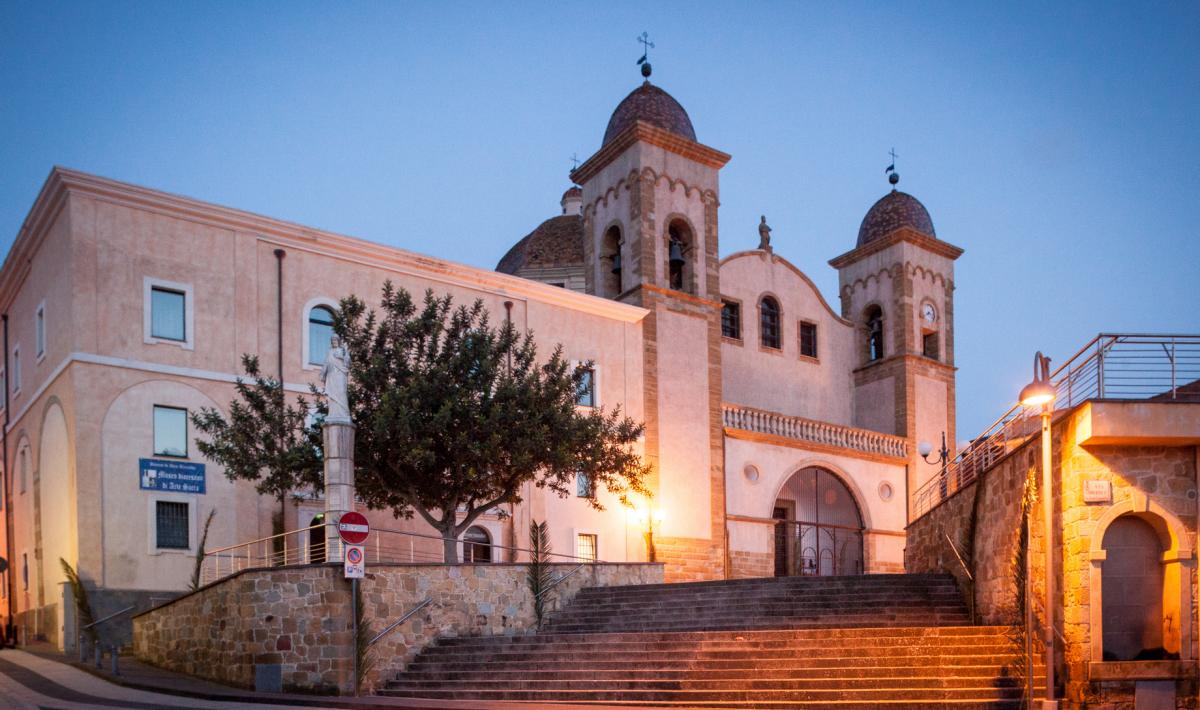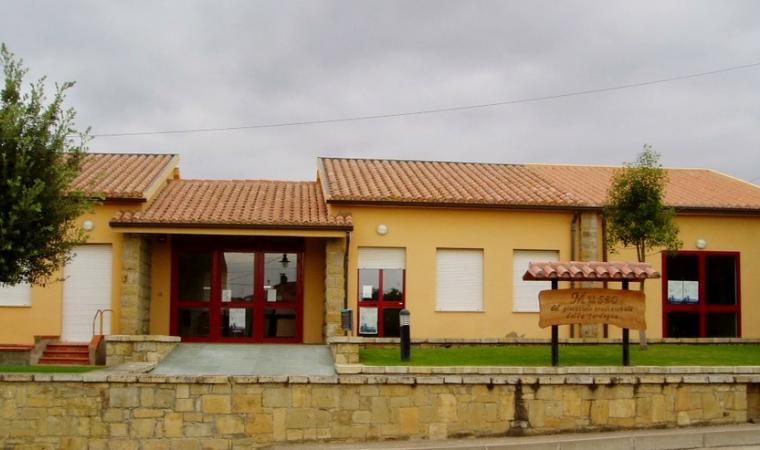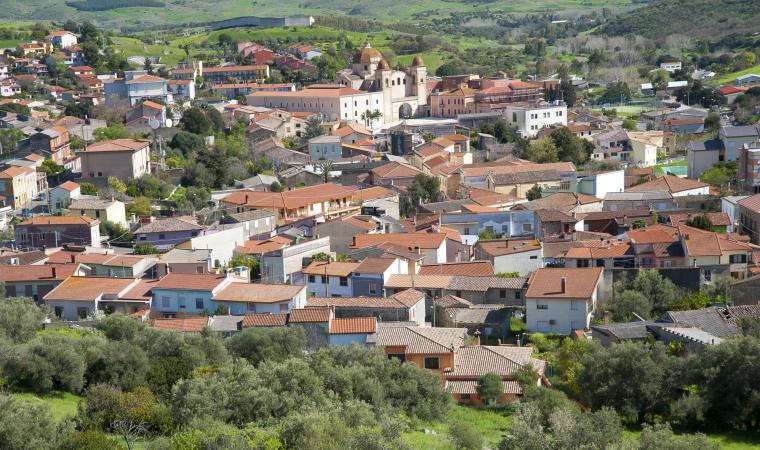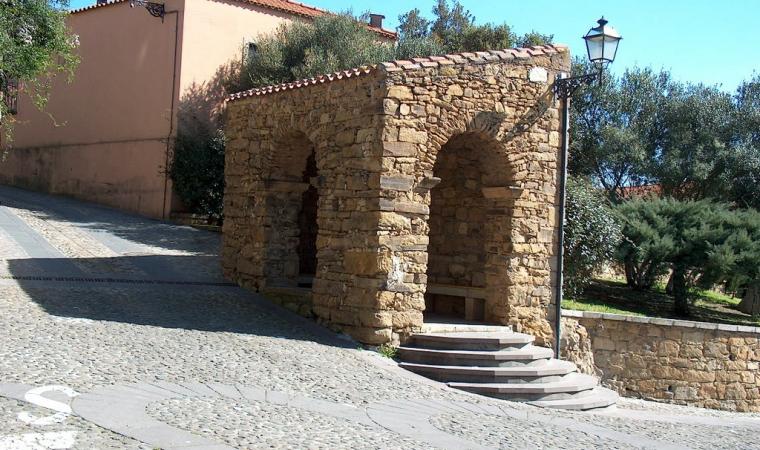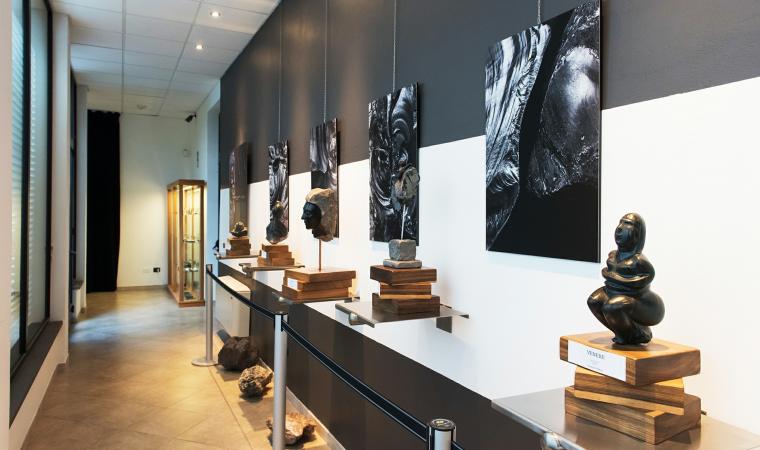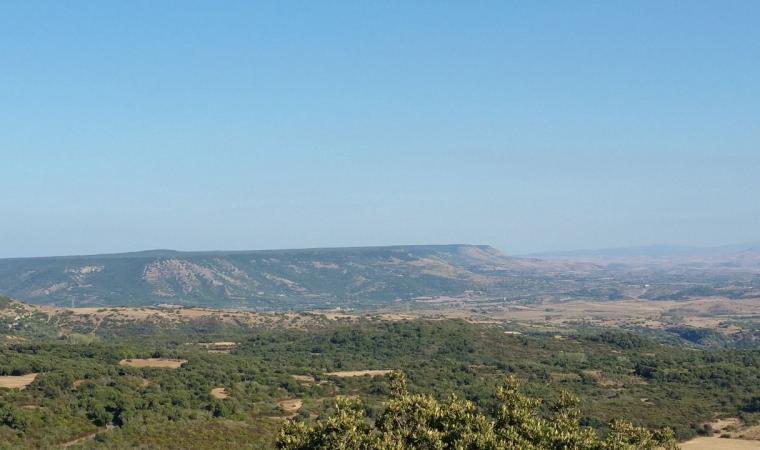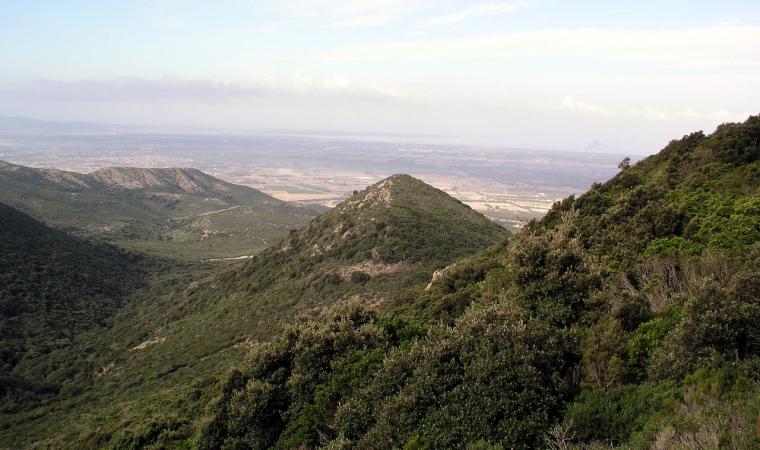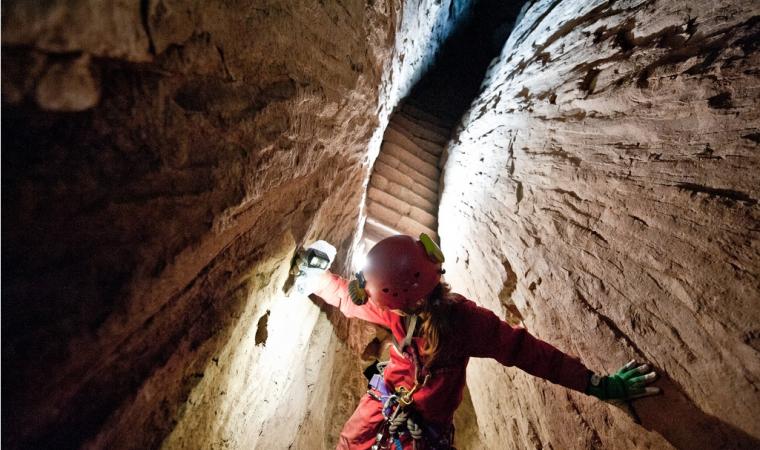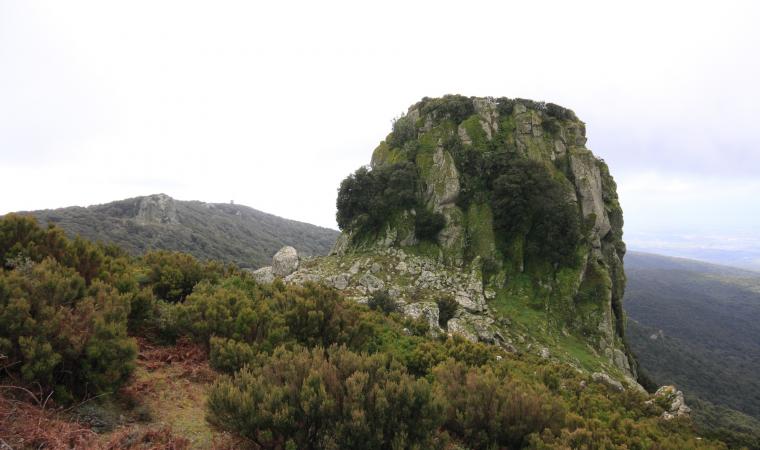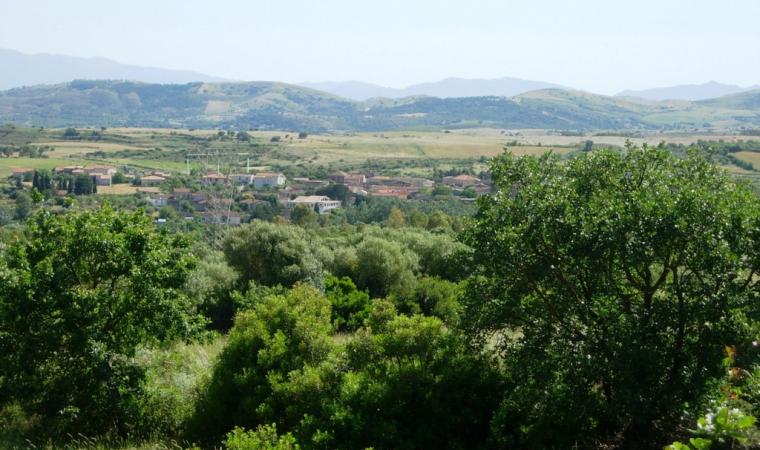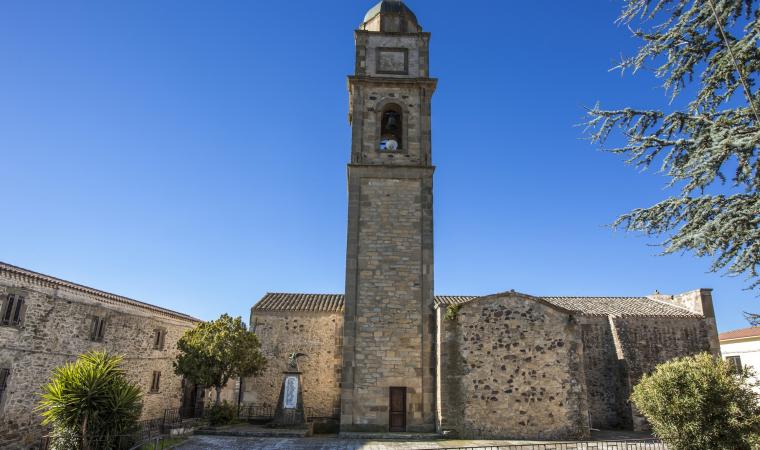On the slopes of Mount Arci, in the upper part of the town of Ales, in the centre of Marmilla and famous for being the birthplace of Antonio Gramsci (1891), rises a scenic place of worship, the bishopric of one of Italy’s smallest dioceses. The Cathedral of Saint Peter apostle can be reached going up the stairway towards the baroque façade that dominates a spacious piazza. Two bell towers stand on either side connected by a balustrade porch with a central arch. The grandeur of the church and its three domes will surprise you: two of them cover the bell towers and the other the main dome, which at 36 metres high covers the nave and transept. The piazza is also home to the bishopric palace, a seminary and the Madonna del Rosario oratory.
The cathedral of the diocese of Ales-Terralba – which includes 57 parishes within less than 1,500 square metres – has been built several times. The version you see today was constructed in 1688. It was designed by the architect Domenico Spotorno who, 13 years prior, had restructured the cathedral of Cagliari in baroque style and begun the renovation of the parochial church of Santa Barbara in Villacidro. The “new” cathedral was built on the remains of a church erected at the behest of Donna Violante Carroz, the marquise of Quirra, who lived in the nearby Barumele castle. Graced with a Latin cross layout, it is home to a variety of masterpieces of sculpture and art. A single nave, 21 metres long and 10 metres wide and flanked by a chapel on either side, is embellished with fluted pilasters and soffits. The decorations are sumptuous and the furniture marble. The paintings depict the life stories of the two apostles and give a sense of unity to the church. At the foot of the presbytery sits a Roman school wing organ and is the oldest existing instrument in Sardinia.
Just outside of Ales are the various attractions of the park of Mount Arci, including the centuries-old holm oak forest of Aquafrida. If you are interested in prehistory, visit the necropolis of Gemitoriu and the nuraghi of Gergui and Otzili, whereas the history of Ales resulted from the destruction of the Roman colony of Uselis. The bishopric profoundly influenced the town from the 12th century onwards. Among the other churches worth visiting are the parish churches of Santa Maria (1535) and San Sebastiano (1663). And when you get to the hamlet of Zeppara, don't miss out on the traditional toy museum.

